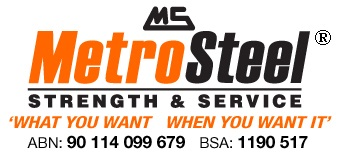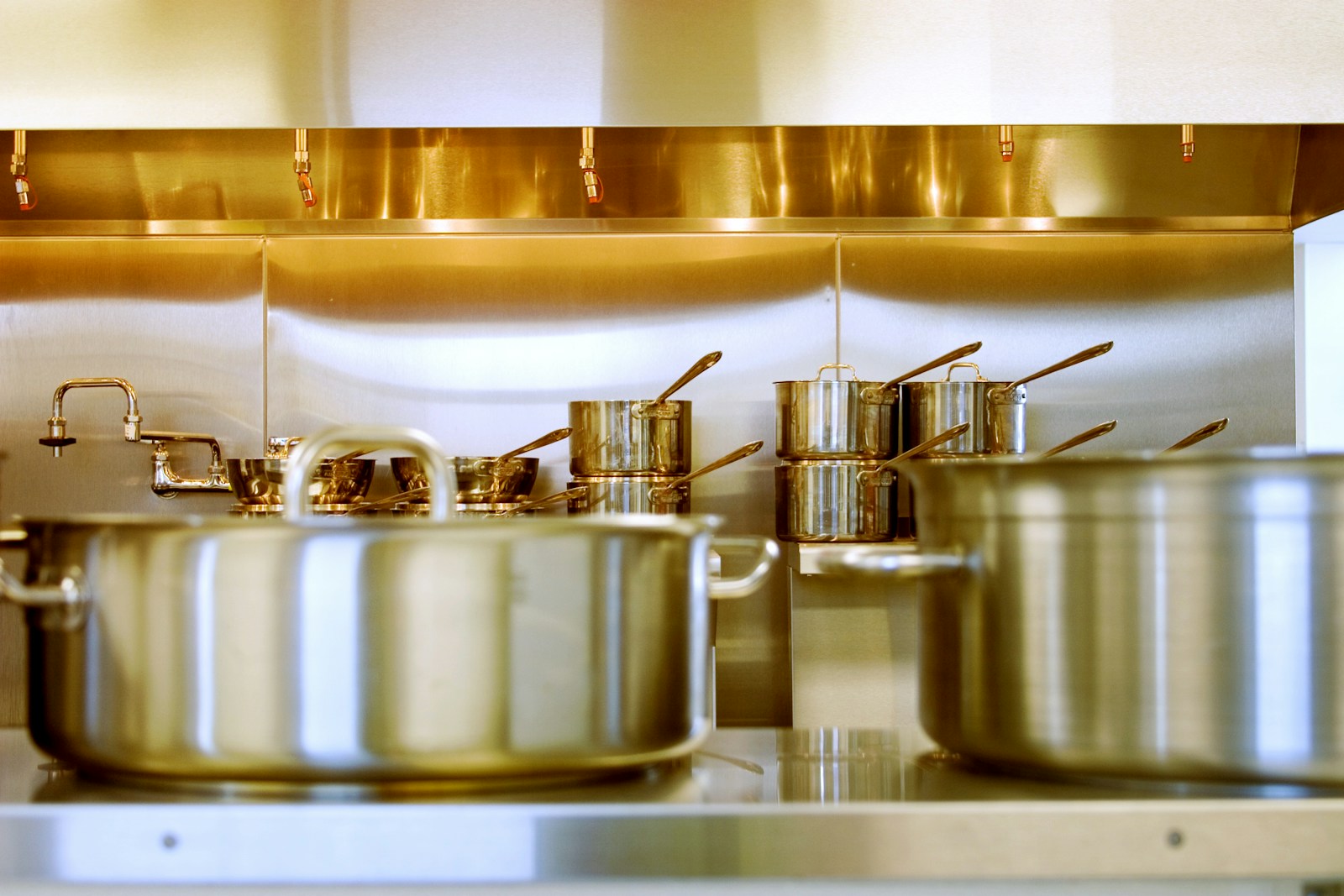When we talk about stainless steel, it’s essential to understand what makes it so unique—its resistance to rust. Rust forms when iron reacts with oxygen and moisture, creating a reddish-brown oxide layer. Stainless steel combats this through its chromium content, which forms a protective chromium oxide layer that blocks corrosion. However, not all grades are equally rust-resistant. Some are engineered for environments like marine or chemical settings, while others are better suited for general use. If you’re wondering which grades offer the best rust resistance, the answer lies in selecting the right one for your specific needs. Whether it’s Grade 304 for indoor applications or Grade 316 for harsh marine conditions, the choice of stainless steel makes all the difference.
Here at Metro Steel, we believe in helping our customers understand the materials they choose, ensuring you get exactly what you need for your specific environment and use. Let’s dive into the world of stainless steel and explore which grades offer the highest level of rust resistance.
Understanding Stainless Steel and Corrosion
Stainless steel is well-regarded for its ability to resist rust, a quality that primarily stems from its chromium content. Chromium, a key ingredient in stainless steel, forms a thin layer of chromium oxide on the steel’s surface when exposed to oxygen. This layer acts as a shield, preventing oxygen and moisture from reaching the metal’s core, thus reducing rust formation.
However, even stainless steel can succumb to corrosion in certain conditions. Factors like high chloride exposure, insufficient maintenance and even temperature extremes can break down this protective layer. This is why selecting the correct grade of stainless steel for your specific application is essential to avoid corrosion and ensure longevity. Whether it’s an indoor fixture or something that will face the harshest marine conditions, the right grade can make all the difference.
The Most Rust-Resistant Stainless Steel Grades
Let’s take a closer look at some of the top-performing grades of stainless steel when it comes to rust resistance. Each has unique properties suited to different applications and levels of exposure.
-
Grade 304 Stainless Steel
Grade 304 is one of the most widely used types of stainless steel and is well-suited to general-purpose applications. Known for its excellent corrosion resistance in standard environments, it can handle occasional exposure to moisture and mild corrosive elements. This grade is perfect for indoor applications and environments with minimal exposure to chlorides or acids, making it a great choice for kitchen appliances, sinks and architectural trims. However, in coastal or industrial settings, its resistance to corrosion may be limited.
-
Grade 316 Stainless Steel
What makes Grade 316 stainless steel particularly effective against corrosion is the addition of molybdenum, an element that significantly boosts its resilience. This grade is ideal for environments with a high chloride presence, like marine applications or coastal buildings, as it can withstand exposure to saltwater and chloride-rich conditions. Grade 316 is often found in marine hardware, outdoor sculptures and chemical processing equipment, where rust resistance is critical.
-
Grade 2205 Duplex Stainless Steel
Grade 2205 is a duplex stainless steel, meaning it combines both austenitic and ferritic properties, making it exceptionally strong and resistant to corrosion. It stands out for its remarkable ability to resist pitting and crevice corrosion, which can occur when moisture or salt gets trapped in small cracks or gaps. This grade is commonly used in offshore oil and gas applications, as well as in structures exposed to aggressive weather or chemical processing. Its strength and durability make it a top choice when both corrosion resistance and structural integrity are necessary.
-
Grade 430 Stainless Steel
If you’re looking for a cost-effective option with decent corrosion resistance, Grade 430 might fit the bill. It’s a ferritic stainless steel, meaning it has a lower nickel content than austenitic types like 304 and 316. This lower cost comes with some compromise, as Grade 430 isn’t as resilient in highly corrosive environments. Nevertheless, it performs well in indoor settings or mild outdoor environments, where conditions are generally dry or stable. This grade is frequently used in automotive trims, kitchen appliances and interior decorative elements.
-
Grade 904L Stainless Steel
For those who require maximum resistance to acidic or highly corrosive conditions, Grade 904L is an exceptional choice. With a high alloy composition including copper, this grade is designed to endure extreme acidity, making it ideal for chemical processing plants, seawater handling and other harsh environments. Although more expensive, Grade 904L’s long-lasting durability and resistance to severe corrosion make it worth the investment in demanding applications.
-
Grade 17-4 PH Stainless Steel
Grade 17-4 PH is unique for its precipitation-hardening properties, which offer high strength along with moderate corrosion resistance. This grade is often chosen for applications that require both strength and corrosion resistance, such as aerospace components, chemical equipment and even certain medical devices. While it may not hold up as well in environments with very high chloride exposure, its robustness makes it a reliable option where high mechanical strength is essential.
Factors to Consider When Choosing Stainless Steel
When selecting a stainless steel grade, there are a few essential factors to consider to ensure the material meets your requirements:
- Environmental Conditions: Is the steel going to be used indoors, outdoors, or near the ocean? Will it encounter chlorides, acids, or moisture? The grade of stainless steel should match the environmental demands it will face.
- Mechanical Requirements: Certain grades, like duplex or precipitation-hardening steels, offer superior strength along with corrosion resistance. If your application demands both durability and rust resistance, these are better options than the more common grades.
- Budget Constraints: High-performance grades like 316, 2205 and 904L come at a premium cost but offer superior corrosion resistance. If your budget allows, investing in these grades can save money on maintenance or replacement costs down the line.
Choosing the right stainless steel for your project can be a daunting task, especially with so many grades available. We always recommend consulting with professionals, like our team at Metro Steel, to make an informed decision.
Achieve Rust-Free Performance with Metro Steel’s Expert Guidance
Stainless steel is a remarkable material, offering a range of grades suitable for various environmental conditions. Whether you need a cost-effective solution for indoor applications or the highest level of corrosion resistance for an industrial or marine environment, there’s a stainless steel grade that’s just right for the job. Here at Metro Steel, we have the expertise to help you find the ideal grade for your needs, ensuring rust resistance, durability and peace of mind.
If you’re still unsure about which grade to choose, don’t hesitate to reach out to us. Our knowledgeable team can guide you through the process, offering insights and product options tailored to your specific requirements. At Metro Steel, we’re committed to providing high-quality stainless steel products that withstand the test of time, ensuring your projects succeed without the worry of corrosion. Let us help you make the best choice for your application—contact us today for advice and exceptional stainless steel solutions.
 Working Hours - Mon – Fri 7:00 AM – 4:00 PM
Working Hours - Mon – Fri 7:00 AM – 4:00 PM Talk to an Expert (07) 3204 1000
Talk to an Expert (07) 3204 1000
